Andrew Nichols, the faculty sponsor and coach of Grady’s robotics team, the Gearbox Gangstaz, believes it should. He’s even started a petition to the governor urging him to make the Georgia High School Association immediately do so. If you are on the fence about whether you should sign the petition, you might read Mike Baer’s column below. His topic was to write about “his best day in sports.” And he wrote about the fall day in 2009 when a certain Grady team entered an arena of competition.

By Mike Baer
My best day in sports began incredibly early, in the spring of 2009. The team got up to get to the Grady parking lot at 8 a.m , waiting to don our uniforms. We all packed up our protective gear, got ourselves into a few cars and drove up north, getting ourselves pumped for the big game today. Our team’s leader, Thui, was small, but she knew everything there was to know about the game. Ryan Jones, my best friend on the team, was pretty lanky, but he and I definitely knew what to do. Jason Lathbury, another close buddy, was shorter and stockier than the two of us. The three of us were pumped; we were rookies, and this was going to be our first real game. We got close to the Gwinnett Civic Center, which would house the tournament, and we were awed and amazed at its sheer size. We looked at each other, and knew, this robotics tournament was going to kick some serious butt.
The Grady Gearbox Gangstaz (G^3) had come a long way since their founding less than six years before. The team earned rookie of the year in its first year at FIRST, and advanced to the next round in the tournament. In each successive year the team had made more and more professional looking robots, but the team hadn’t escaped the first round since then… yet. Outside the arena we put on our safety goggles, went into the building and were amazed by the sheer number of people here. Teams ranged in size from eight (us) to 58-plus (definitely not us), and even though some of the teams were large, the tournament had quite a number of teams competing. People were rushing around to unload the crates with their robots (which had been shipped all on the same day, so everyone had equal time to work on them beforehand).
The 2009 game was supposed to simulate being on the moon, so they had made the entire field out of a low-friction material, and forced us to use special low-friction wheels as well, to simulate the effects of lower gravity on the robots. The robots were measured to make sure they were under two feet wide, four feet long, six feet tall, and 250 pounds. Our robot safely skimmed just under the size and weight limits and so we received the go-ahead to begin practicing.
The FIRST competition always enforces the size limitations the same way. They also run the games overall the same way each year. Every team has one robot, and groups of three teams were randomly assigned into alliances. The teams in the alliances change each round, until almost every possibility of three teams had played once. After that, the eight highest scoring teams got to recruit two other teams for an alliance (yes, it was fairly common for the first place team to form an alliance with the second and third place teams, and for the fourth place team to form an alliance with the fifth and sixth placed teams, but it was also common for second place to refuse first place so they could make a team of their own based on robots who might not have won as consistently, but covered up whatever weaknesses their robot possessed). Then the 8 teams would play to see who got to go to regionals.
The game itself this year was based on getting several strange balls into other robots’ trailers. Every robotics team made a trailer, using FIRST’s materials, and based on FIRST’s specs. The trailers were closely inspected by the referees to make sure they were up to standard, before the teams were cleared to compete. The field was smooth as I previously mentioned, and it also had a number of balls placed around it. The alliances (red and blue) had three control stations on each side of the field (each team got a station). There were three players per team (nine on either side of the field, 18 altogether) one driver, one captain, and one player. The driver drove, the captain told the other two what to do, and the player could throw balls into the field from a group of balls the side started out with, plus any balls any team’s robot had brought back. Matches had a 15-second autonomous period during which the robot drove itself, and then a two minute period where people drove the robot. Our robot was a marvel, which Ryan and I were proud to say we made many of the pieces for ourselves. We went to practically every meeting, while most team members showed up only three times a week. The robot was designed to be a “spitter”. It would spin two cylinders to “spit” the ball up to about four feet away. The body was modular, making it easy to take apart and put back together for repairs, and this was the first time our team had made it work so successfully (even with a few kinks with disconnecting wires) and few teams at the tournament had made robots that were modular. Our robot’s spitter was a large basket made of plastic chicken wire, with a maze inside to make sure the balls got to the spitting mechanism one at a time. Unfortunately, our robot could not pick up balls from the floor if they were dropped, but our robot was one of the few robots which we could have a players throw a ball into from the stations.
The lack of friction made this a very messy game. Generally collisions are fouls in FIRST tournaments, but because of the way this game was set up, collisions were allowed. Our robot’s design also made it the only robot that could throw in any direction except forward. Jason, Ryan and I saw our hard work realized in the way our robot’s spitter could turn almost all the way around at high speed to hit moving targets as they passed by.
The music was epic, (various rock ballads and even dance music), inspiring us as we had to make tweaks, repairs and adjustments in just a few minutes. The crowd, made up of hundreds of nerds, finally having something they cared to cheer for, was as loud, maybe even louder than any Major League Baseball game I have ever been to. Our robot was dazzling. So many other teams simply threw their robot together the night before, but not us, our robot had a full custom paint job, a flashy cardinal red, with silver and black embellishments, and a G^3 logo. Not a wire was out of place, and even as it took damage, it still retained its shine and its color.
The games were intense. We’d score points by “spitting” balls in the other teams’ robots’ trailers, but they’d score too, and it was always close. Really, it was a time of a lot of bonding of the team. We realized what we all did best together, what had turned out right, what turned out only alright, what we wanted to do next year, and maybe most importantly, what was more trouble than it was worth.
Our team didn’t get to the top 8. It wasn’t even picked as a second (even though one of the teams totally needed us…)
It was my first truly enjoyable sports experience, and it was the first time I was on a team that accomplished the goals as well as we did. We made a giant semiautonomous mechanical monstrosity, which could crash into other mechanical monstrosities, and shoot balls at people. More importantly, we had an amazing time doing it.
Dean Kamen, dreams of a day when robotics (and other competitions like it, made by the intellectuals, made to make teams learn to work together, even with other teams, made to take sportsmanship to a whole new level, and prepare kids for actual jobs that could change, or even save our world) will be celebrated not just by the team members, but by the whole school, even the whole world, the way traditional sports are now.
Our team, from Grady, even us GRADY kids, were cheering like there was no tomorrow, and screaming for the point to happen in time, as the buzzers went off. Grady team members cheered for ourselves, (the Gearbox Gangstaz) we cheered for the Circuit Runners (and Grady might have even jeered the overly funded, gigantic Forsyth Alliance).
I had never felt such a sense of urgency for a game like this, I had never wanted to play so hard, to cheer so hard, to work so hard to show what we at Grady can do. I don’t know how to describe watching the game, in which we were competing. I imagine it’s close to what parents feel when seeing their son walking, clearly, for the first time.
We had put weeks into this robot, agonizing over every detail, making sure everything worked just so, and watching it on the field, doing what we had spent so long on making it do, was just so beautiful. I know this isn’t a traditional sport, and that it’s probably more confusing than any other sport (except cricket by the sound of it), but this is what I do.
I’ll never forget the smiles on our faces as we won matches, the jeers as we lost others, and the feeling of accomplishment, of our 90% freshman team, showing the robotics community what they were in for.
Oh, and also, we won the most photogenic robot award by a landslide (Of course).

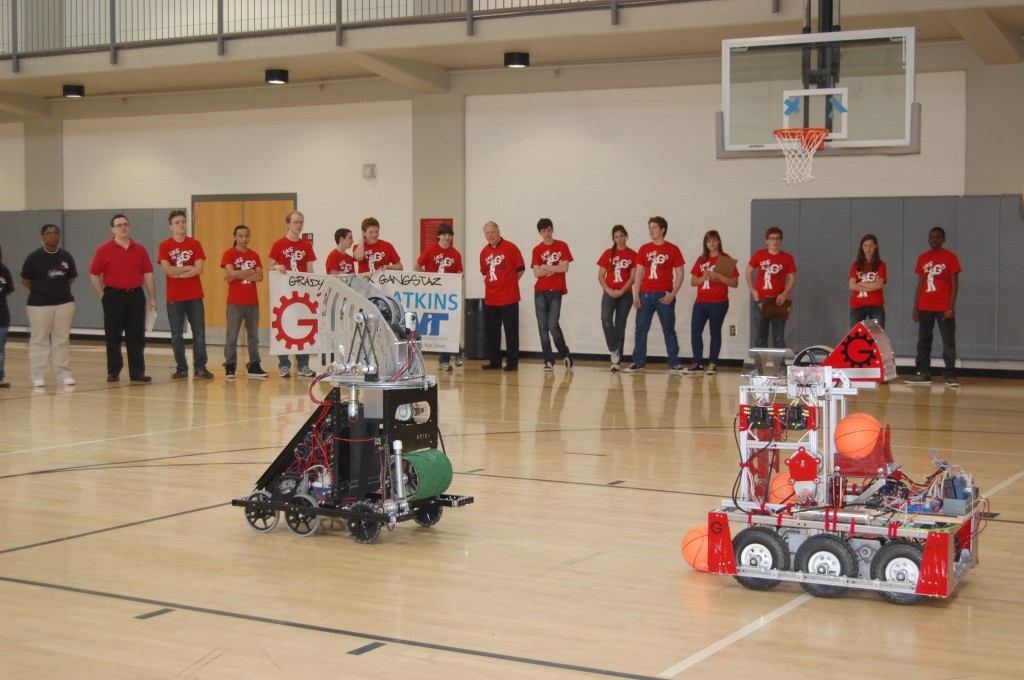
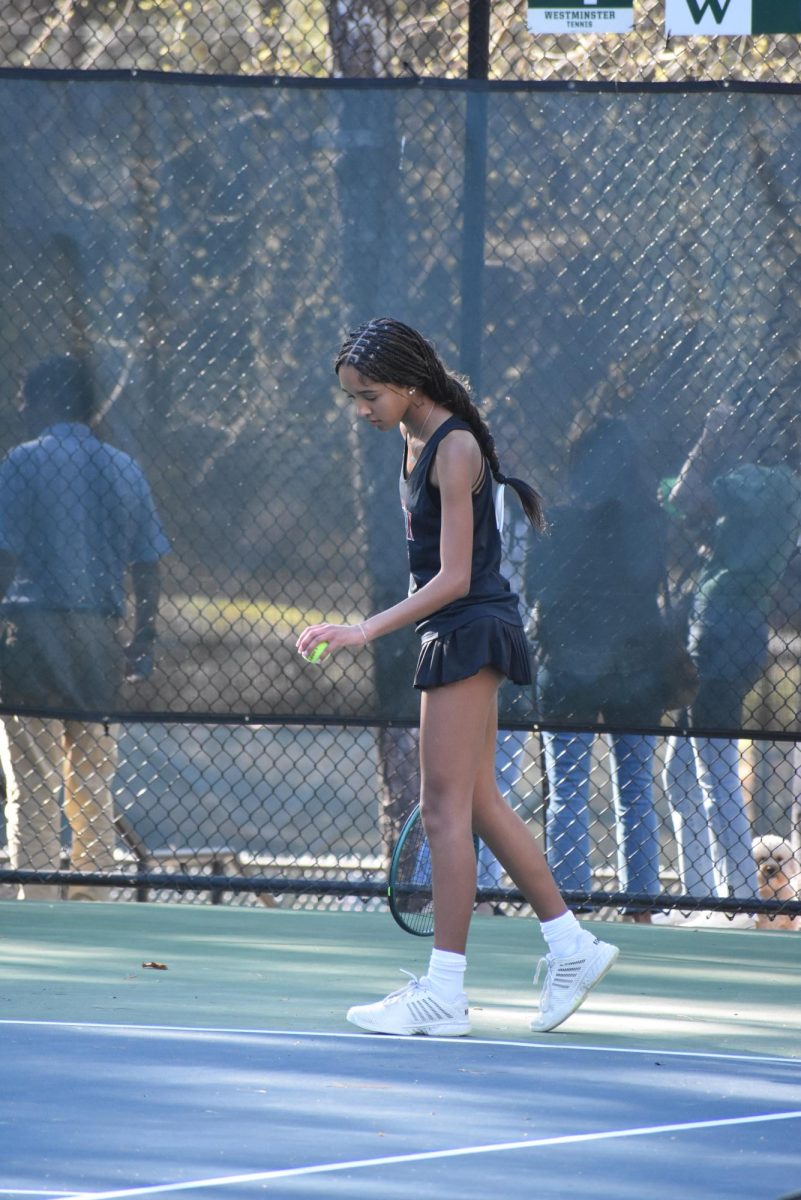
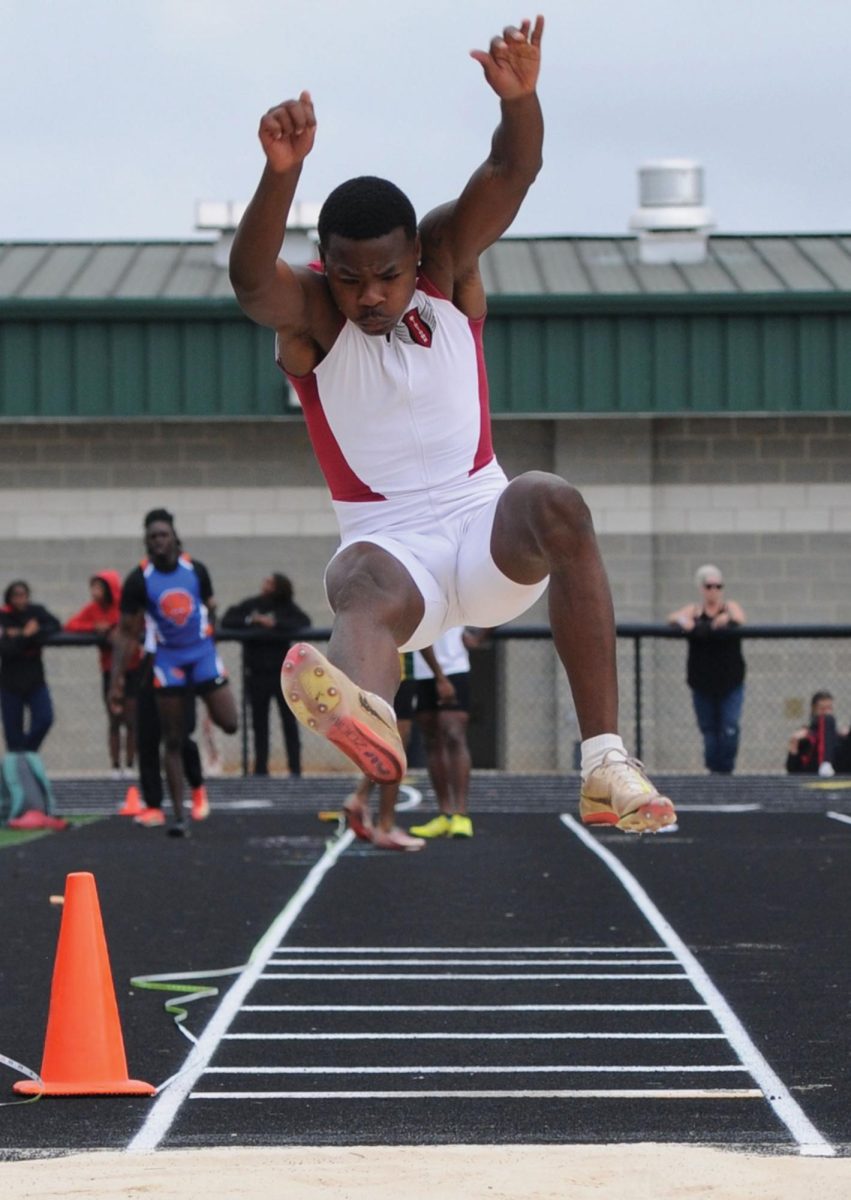

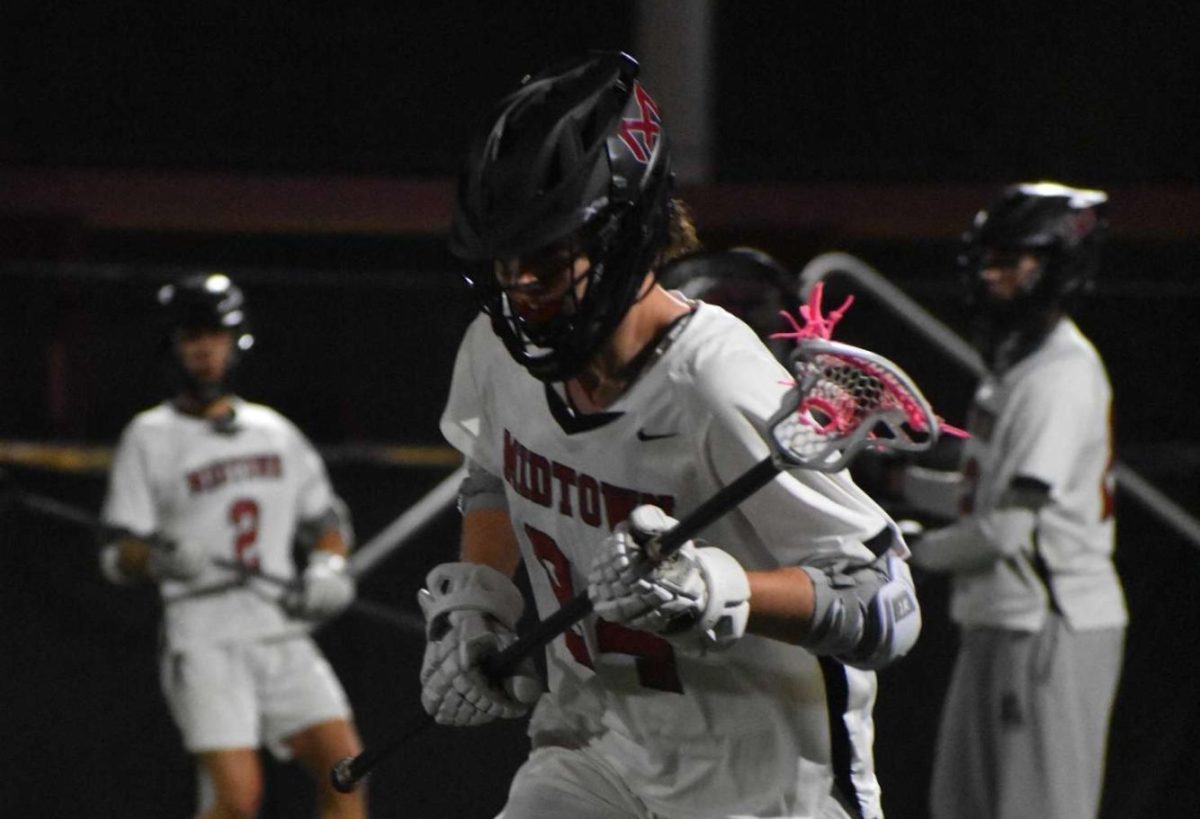
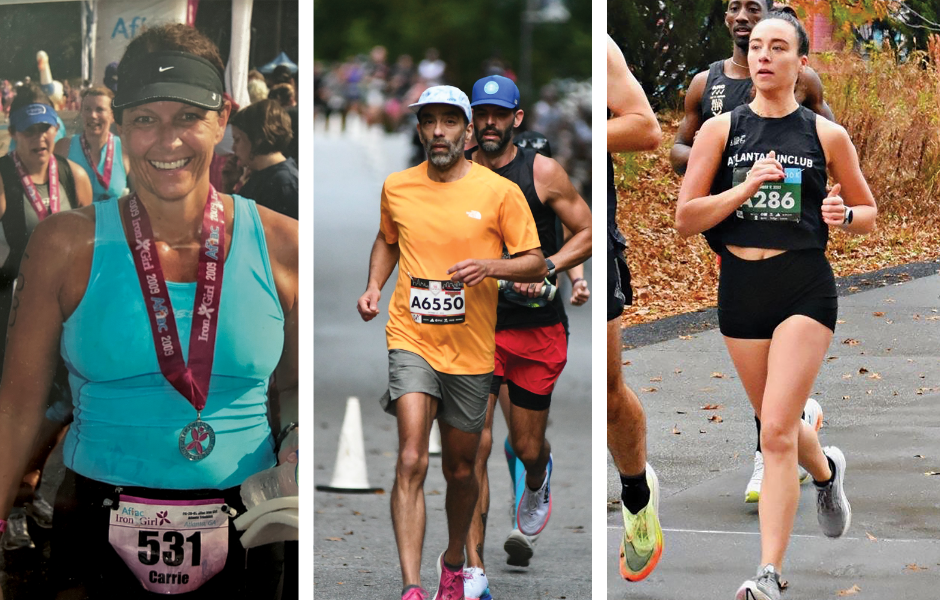
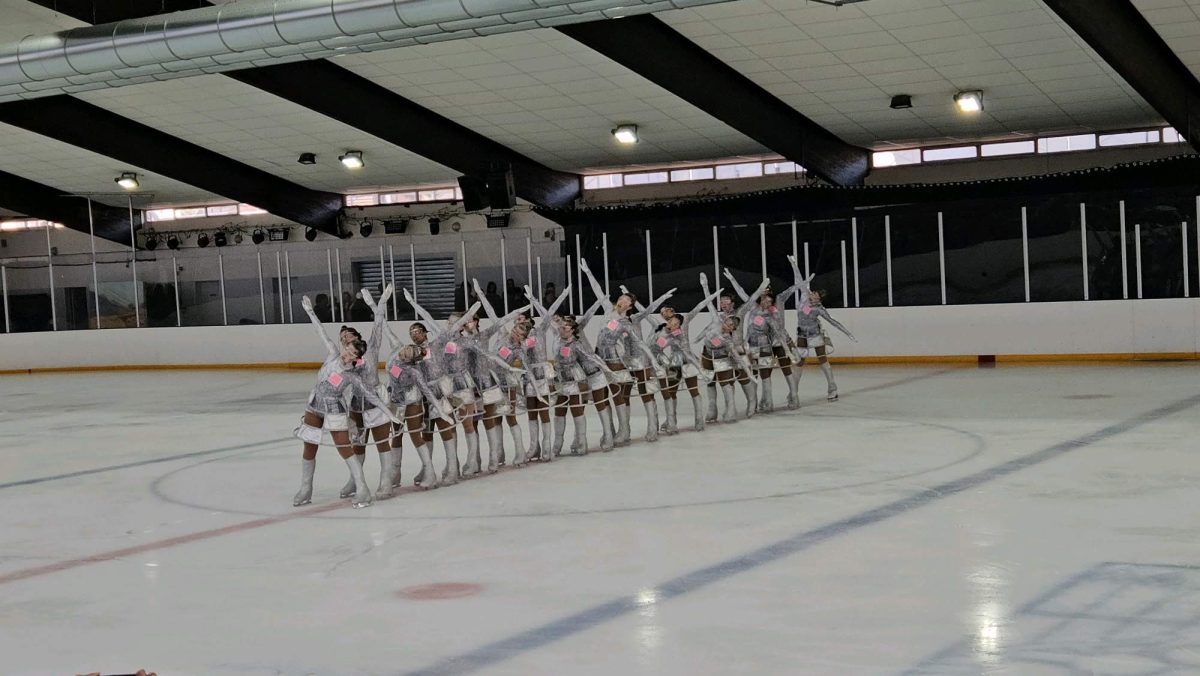
VPS Server • Apr 21, 2012 at 12:21 pm
Thank you very much for that glorious article